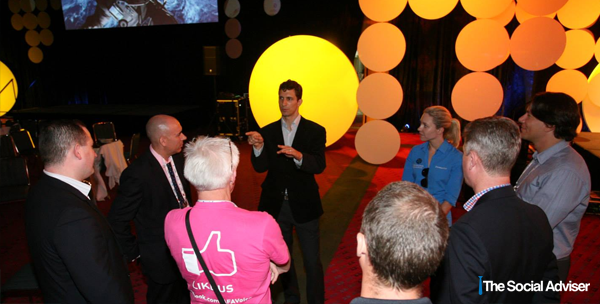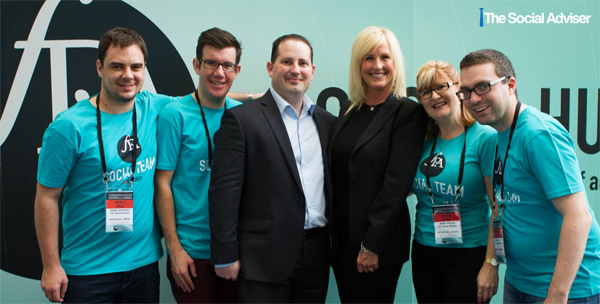This week’s article is by our Kick-Ass Community Manager, Andrew Duffy
Social media is perfect for relationship management and networking, but it can also be a powerful tool for covering events in real-time. It allows us to talk, share ideas, and ask questions (even in the midst of an address), and lets event organisers follow-up issues, and generate buzz around their activities. From small groups to large conferences a social strategy adds value for attendees and organisers alike, and if you’re thinking about building your own plan, here are a few things to keep in mind:
Step 1: Lay the foundation
If you want your attendees engaged on social make sure the stage is set before they arrive. This means creating a space where people can converge to talk and share ideas, and it can be as easy as setting up a Facebook page, Twitter hashtag, or LinkedIn group. Once your space is online you should encourage your early members to invite their friends and colleagues, and you can repeat this call to action several times to boost the membership.
You should also try to start some conversation in these spaces before the event starts. This initial talk will not compare to the discussion that should spark once the event kicks off, but it will give the group some early momentum and help users feel comfortable in the space.
Step 2: Let them know
Once you’ve set a solid foundation and the event has kicked off, you need to make sure all of your attendees are aware of your social initiatives. Speakers should encourage people to get involved whilst they’re in front of the crowd, and promotional material at the venue should also remind attendees to get online. If you have the resources a separate space to help less tech-savvy attendees is also a great idea, and that space will help keep social media at the forefront of people’s minds.
Step 3: Keep the ball rolling
By now everyone should be aware of your plan, and once the event begins you need to keep your social space busy by joining or starting conversations, and uploading content to keep the engagement moving. Event photos and videos are a great way to engage users, and if you’re using Facebook, tagging people in photos and posts is a good way to spread your reach.
There’s a lot more you can do on this front, and this is probably the area that demands the most creativity and experimentation. Competitions, live chats, and video streams are options to consider if your audience is large enough, but you don’t have to spend a lot of time or money to spark conversation and get people involved.
Step 4: Follow-up
Moving discussions onto social media means you can capture positive feedback, unanswered questions, and requests for more information, and have them stored online for review later on. Once your event starts to wind down reviewing this information should be a priority, and the ability to follow-up conversations should improve the experience of your attendees and hopefully generate more positive feedback.
It’s also worth noting that the end of the event does not have to mark the end of your social space. If you have built up an audience and a community it can be a valuable resource to promote your next event or ‘crowd source’ new ideas. It’s also a good chance to expand your connections and develop new relationships.
Like every new strategy you should not expect to bring the house down on your first attempt, but following the tips above should set you on the path to success. And while there’s a lot of room available to tailor your approach, almost every strategy will revolve around the fundamentals above.



